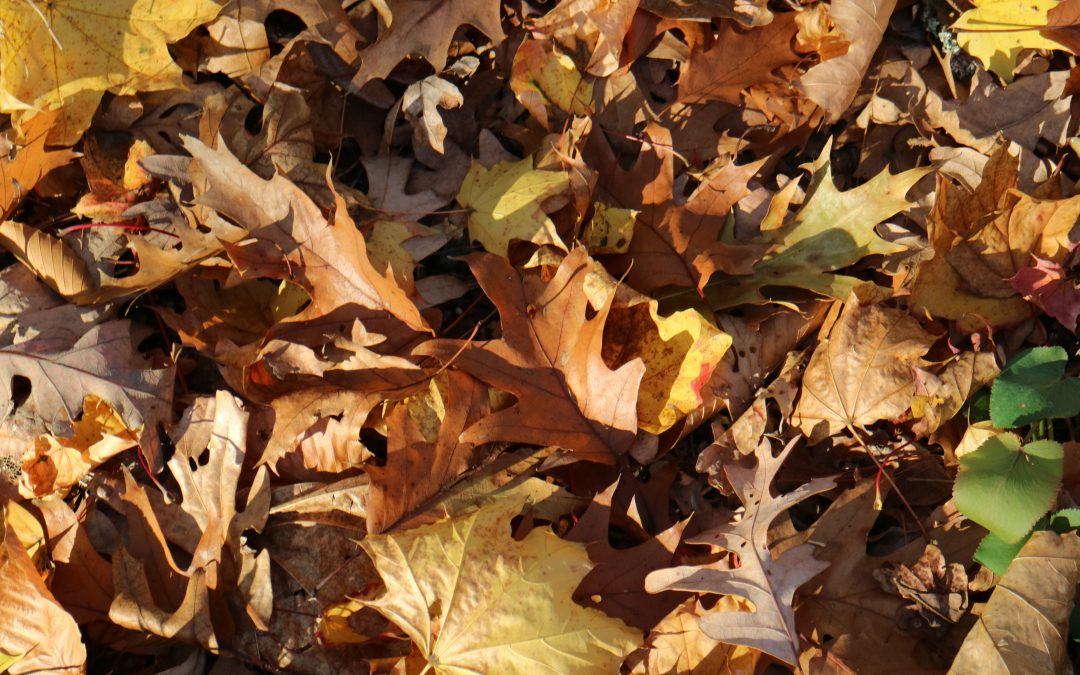
Autumn’s wonderful leafy colors are followed by yards full of fallen leaves. What can you do with them in a way that is most ecologically responsible?
What to tell your landscaper to improve your property’s sustainability in the summer and early fall
The leaves have just begun to fall in my back yard. The limited quantity is such that I have instructed our landscaping contractor to simply mow them up with the grass as a natural fertilizer for the lawn. During the summer, we instruct the landscaper not to blow the cut grass off the lawn for the same reason.
Most landscaping contractors operating in New Canaan simply blow the leaves into the woods around the perimeter of the homeowner’s yard. This creates a thick mat of leaves that smothers the native plants that grow in the woodland edge. After a couple years of repeated leaf disposal in the surrounding woods, the leaf layer becomes too thick to rot down every year, and prevents native plants and shrubs from growing. There is an ecologically superior alternative, and that is composting your leaves.
Easy instructions of how to create compost piles of leaves
When the leaf fall is at its peak, I ask my landscaper to blow the leaves into piles (sadly, nobody rakes leaves anymore, and as a consequence, we have to suffer the omnipresent roar of leaf blowers disturbing the neighborhood). The leaves are then raked onto a tarpaulin and dragged to a spot in the woods adjacent to our lawn and garden where we have established our compositing.
There are three piles. Pile #1 is the current year leaves and garden cuttings, covering an area of about 10 x 15 feet. Pile #2 is last year’s half-rotted down mulch turned over, covering an area of about 8 x 6 feet. Pile #3 is the former Pile #2, turned over and now rotted to excellent garden compost, covering an area of about 6 x 6 feet. It is not necessary to construct enclosures for the piles.
In mid-October (now!), the current year’s compost Pile #2 should be consolidated and turned over onto compost Pile #3. The prior year’s leaves and summer garden cuttings in Pile #1, are then consolidated and turned over to create a new Pile #2. The current year’s leaves are then dumped to create a new Pile #1.
This is a simple and ecologically responsible way to deal with your leaves. Most contractors should have no hesitation in helping you create a compositing site. The benefits are a healthier and attractive woodland edge with native wildflowers, and a supply of a natural rich compost for your garden.

